Table of Contents
TogglePlanning a trip to Tungnath from Delhi? Situated in the breathtaking Garhwal Himalayas, Tungnath is the highest Shiva temple in the world and one of the five Panch Kedar temples. This spiritual destination offers not only a divine experience but also stunning views and an invigorating trek. Here’s a comprehensive guide to help you plan your journey from Delhi to Tungnath.
Why to Visit Tungnath
Tungnath, located in the Rudraprayag district of Uttarakhand, stands at an elevation of 3,680 meters. It is one of the Panch Kedar temples and is dedicated to Lord Shiva. The temple’s serene ambiance, surrounded by lush green meadows and towering peaks, makes it a popular destination for trekkers and devotees alike.
How to Reach Tungnath from Delhi
Reaching Tungnath from Delhi involves multiple modes of transportation, including by road, rail, and air.
1. Tungnath from Delhi By Road
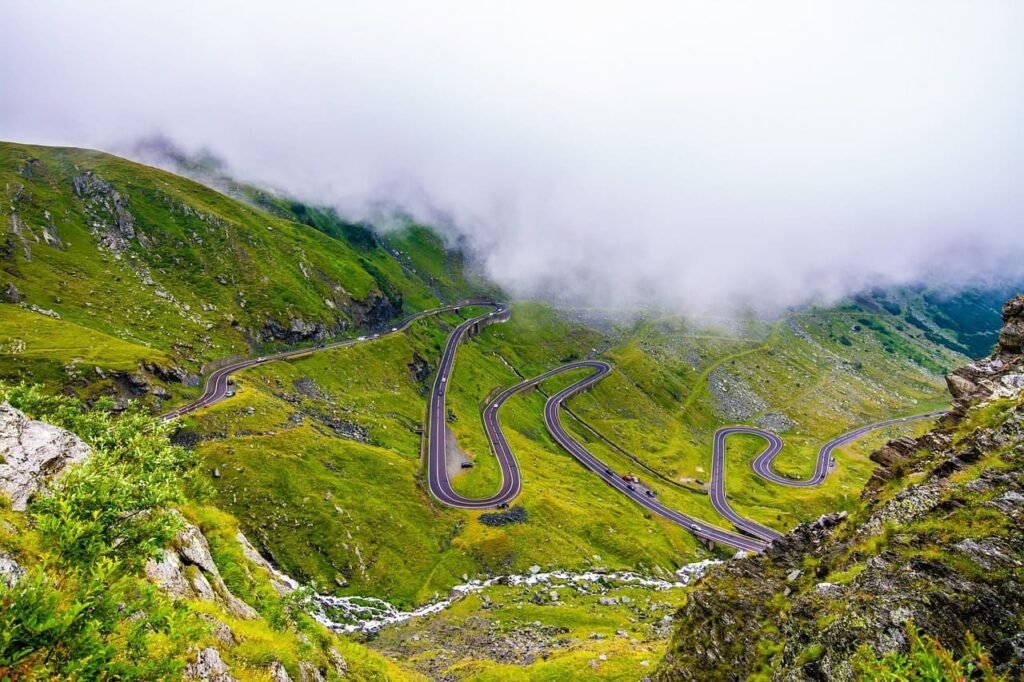
Traveling by road offers flexibility and the opportunity to witness the scenic beauty of the journey. Here are the detailed steps:
Route: Delhi to Chopta
1. Delhi to Rishikesh: The distance from Delhi to Rishikesh is approximately 230 km. You can either drive or take a bus. The journey takes around 6-7 hours. Buses are available from ISBT Kashmere Gate and Anand Vihar in Delhi.
2. Rishikesh to Chopta: From Rishikesh, Chopta is about 165 km. You can hire a taxi or take a local bus. The drive takes around 6-7 hours and takes you through the beautiful towns of Devprayag, Srinagar, and Rudraprayag.
Chopta to Tungnath
Once you reach Chopta, the trek to Tungnath begins. The trek is approximately 3.5 km and can be completed in 3-4 hours. The path is well-marked and offers stunning views of the Himalayas.
2. Tungnath from Delhi By Rail
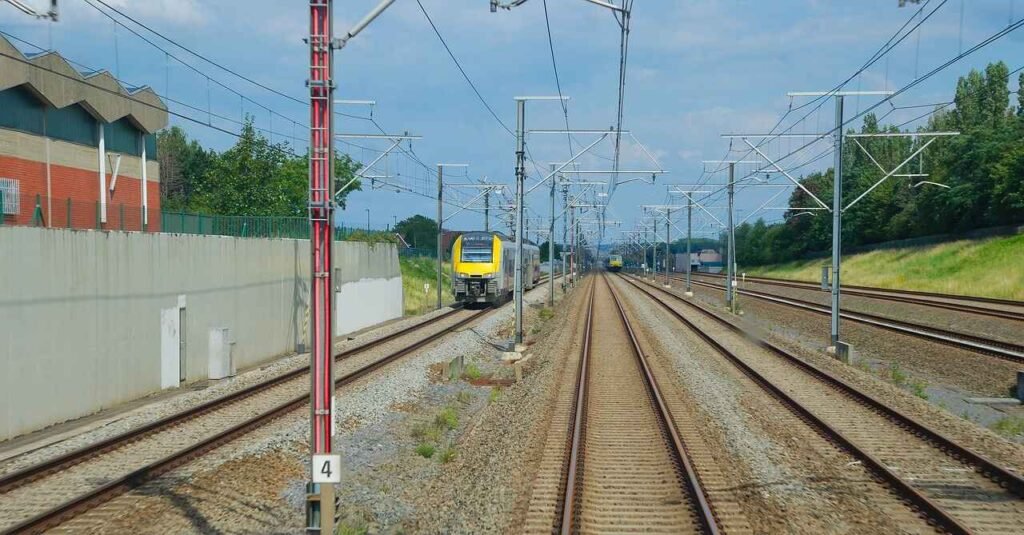
Route: Delhi to Haridwar/Rishikesh to Chopta
1. Delhi to Haridwar/Rishikesh: The nearest railway stations to Chopta are Haridwar and Rishikesh. There are several trains from Delhi to Haridwar/Rishikesh, such as the Shatabdi Express, Jan Shatabdi Express, and Mussoorie Express. The journey takes around 5-6 hours.
2. Haridwar/Rishikesh to Chopta: From the railway station, you can hire a taxi or take a bus to Chopta as mentioned in the road travel section. The distance from Haridwar to Chopta is approximately 200 km, and from Rishikesh, it is about 165 km.
3. Tungnath from delhi By Air
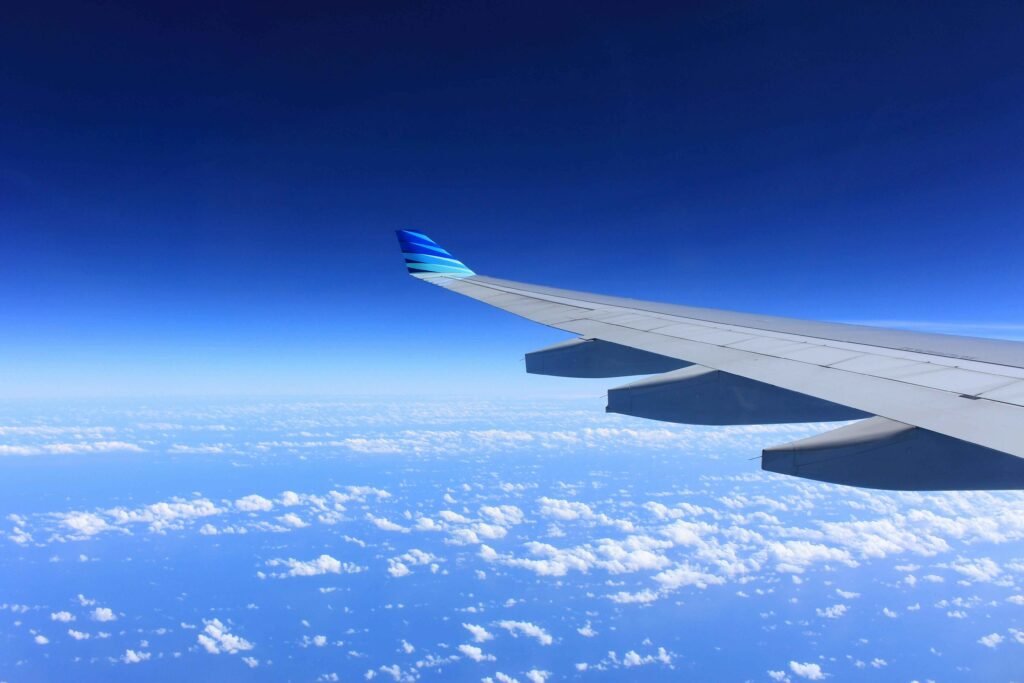
Route: Delhi to Dehradun (Jolly Grant Airport) to Chopta
1. Delhi to Dehradun: The nearest airport to Chopta is Jolly Grant Airport in Dehradun. There are several flights from Delhi to Dehradun daily, with a flight duration of about 1 hour.
2. Dehradun to Chopta: From the airport, you can hire a taxi to Chopta, which is about 226 km away. The drive takes around 7-8 hours.
Best Time to Visit Tungnath

The ideal time to visit Tungnath is from April to November. During these months, the weather is pleasant, and the trekking path is accessible. The temple remains closed during winter due to heavy snowfall.
Accommodation Options
Chopta offers various accommodation options, from budget hotels to campsites.
1. Hotels and Guesthouses: There are several hotels and guesthouses in Chopta and nearby towns like Ukhimath. These provide basic amenities and a comfortable stay.
2. Campsites: For a more adventurous experience, you can opt for camping. There are several campsites in and around Chopta that offer tents and basic facilities.
About Tungnath trek difficulty level
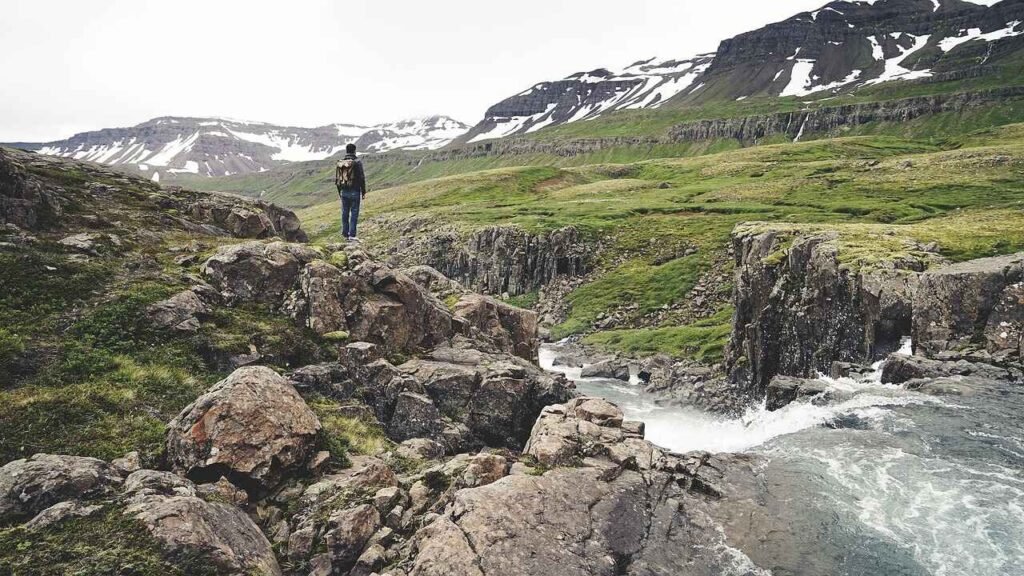
The Tungnath trek is considered to be of moderate difficulty. It is a relatively short trek, typically taking about 3-4 hours to reach the Tungnath temple from Chopta, the starting point. The trek is approximately 4 kilometers long and involves a steady ascent, which can be challenging for beginners or those not accustomed to high-altitude trekking.
Here are some factors to consider:
1. Altitude
The trek starts at Chopta (around 2,680 meters) and goes up to Tungnath (3,680 meters). The altitude can cause mild symptoms of altitude sickness for some trekkers
2.Trail Conditions
The trail is well-defined and paved with stones, making it easier to follow. However, the steep incline can be tiring, and the path can be slippery, especially during the monsoon season or if there is snow.
3. Weather
The weather can change rapidly in the mountains, so it is essential to be prepared for cold temperatures, especially early in the morning and late in the evening.
4. Physical Fitness
While the trek is suitable for beginners, a basic level of fitness is recommended. Regular exercise and some prior trekking experience can make the journey more enjoyable.
5. Scenic Views
The trek offers breathtaking views of the Himalayan range, including peaks like Nanda Devi, Trishul, and Chaukhamba, which can be motivating and rewarding.
Overall, while the Tungnath trek is manageable for most people with a reasonable level of fitness, it’s essential to take it slow, stay hydrated, and enjoy the natural beauty along the way.
Trekking Essentials

Before going on the trek to Tungnath, it is crucial to be well-prepared. Here are some essentials:
1. Clothing
Carry warm clothes as temperatures can drop significantly, especially in the evenings. Layering is recommended.
2. Footwear
Sturdy trekking shoes with a good grip are essential for the trek.
3. Accessories
Sunglasses, sunscreen, and a hat to protect against the sun. A trekking pole can also be helpful.
4. Food and Water
Carry enough water and light snacks. There are a few small shops along the way, but it’s better to be prepared.
5. First Aid Kit
Basic first aid supplies, including band-aids, antiseptic cream, and any personal medications.
Cost of Tungnath trek package from Delhi
The cost of a Tungnath trek package from Delhi can vary depending on the tour operator, the inclusions, and the duration of the trip. However, here is a general idea of what you can expect:
1. Basic Package
This usually includes transportation from Delhi to Chopta and back, accommodation (typically in tents or basic lodges), meals, a guide, and necessary permits. The cost for a basic package can range from INR 6,000 to INR 10,000 per person for a 3-4 day trip.
2. Standard Package
This may include better accommodation options, such as guesthouses or hotels, and additional services like more comfortable transportation, porters, and more comprehensive meal plans. The cost for a standard package can range from INR 10,000 to INR 15,000 per person for a 3-4 day trip.
3. Luxury Package
This package includes higher-end accommodations, deluxe transportation options (such as private cabs or luxury buses), gourmet meals, and other premium services. The cost for a luxury package can range from INR 15,000 to INR 25,000 per person for a 3-4 day trip.
Inclusions Typically Covered
- Transportation: Round-trip from Delhi to Chopta
- Accommodation: Tents, lodges, or hotels (depending on the package)
- Meals: Breakfast, lunch, and dinner
- Guide Services: Experienced trekking guide
- Permits: Necessary trekking permits
- Basic Equipment: Tents, sleeping bags, and mats (if camping)
Exclusions to Consider
- Personal Expenses: Snacks, beverages, tips, etc.
- Insurance: Travel and health insurance
- Additional Services: Porters, additional activities, or sightseeing
Sightseeing Around Tungnath
While Tungnath itself is a major attraction, there are several other places to explore:
1. Chandrashila Peak
Located 1.5 km from Tungnath, this peak offers panoramic views of the Himalayas, including peaks like Nanda Devi, Trishul, and Chaukhamba.
2. Deoria Tal
A high-altitude lake situated about 20 km from Chopta. The lake reflects the majestic Chaukhamba peak, creating a mesmerizing sight.
3. Madhyamaheshwar Temple
Another temple from the Panch Kedar circuit, located about 30 km from Ukhimath.
Important Tips for Travelers
To ensure a safe and enjoyable trip, keep the following tips in mind:
1. Acclimatization: Allow your body to adjust to the altitude. Spend a day in Chopta before starting the trek if possible.
2. Hydration: Stay well-hydrated throughout the journey.
3. Local Guidance: Hiring a local guide can enhance your experience, providing insights and ensuring safety.
4. Respect Nature: Maintain the sanctity of the place by not littering and respecting local customs and traditions.
Summary
Reaching Tungnath from Delhi is a journey that combines adventure, spirituality, and natural beauty. Whether you choose to travel by road, rail, or air, the experience will leave you with memories to cherish for a lifetime. The trek to Tungnath, with its stunning landscapes and serene ambiance, is a must-do for every traveler and devotee.
Some FAQs on How to reach Tungnath from Delhi
Is Tungnath higher than Kedarnath
Yes, Tungnath is higher than Kedarnath. Tungnath, which is one of the highest Shiva temples in the world, is located at an elevation of about 3,680 meters (12,073 feet) above sea level. In contrast, Kedarnath is situated at an elevation of approximately 3,583 meters (11,755 feet) above sea level. Although both temples are located in the Uttarakhand state of India and are significant pilgrimage sites, Tungnath stands at a higher altitude compared to Kedarnath.
How many hours of trek to Tungnath
The trek to Tungnath typically takes about 3 to 4 hours. The distance from Chopta, the starting point of the trek, to Tungnath is approximately 4 kilometers. The duration can vary depending on factors such as the trekker’s pace, fitness level, and weather conditions. The well-defined and paved trail ascends steadily, making it a moderately challenging trek, especially for beginners.
Is there snowfall in Tungnath
Yes, there is snowfall in Tungnath. Snowfall typically occurs during the winter months, from late November to early March. During this period, the region experiences heavy snowfall, and the temple is often covered in snow. The paths leading to Tungnath can become slippery and challenging to navigate due to the snow, and the temple itself may be closed to visitors for safety reasons.
Can kids go to Tungnath
Yes, kids can go to Tungnath, but there are a few considerations to keep in mind:
1. Age and Fitness Level: The trek is moderately challenging, so it is suitable for children who are reasonably fit and used to physical activity. Younger children may find the trek more difficult due to the steep ascent and the altitude.
2.Pace: It’s important to take the trek at a slower pace when hiking with kids. Frequent breaks and a steady pace will help them manage the climb better.
3. Preparation: Ensure that children are well-prepared with proper trekking shoes, warm clothing (as temperatures can drop), and sufficient water and snacks.
4. Safety: Keep a close watch on children, especially on steep or slippery sections of the trail. It’s also important to monitor them for any signs of altitude sickness, such as headaches, nausea, or dizziness.
5. Enjoyment: Make the trek enjoyable for kids by pointing out interesting flora, fauna, and scenic views. Engaging them with the environment can make the trek more enjoyable and less tiring.
Overall, with proper preparation and a careful approach, kids can enjoy the trek to Tungnath and have a memorable experience.
Is there an oxygen problem in Tungnath
Tungnath is situated at an elevation of about 3,680 meters (12,073 feet) above sea level, which is relatively high. At this altitude, the oxygen levels are lower compared to sea level, and some people might experience mild symptoms of altitude sickness, such as headaches, nausea, dizziness, or shortness of breath. However, serious oxygen-related problems are less common at Tungnath compared to higher altitudes.
Can I do Kedarnath and Tungnath together
Yes, it is possible to visit both Kedarnath and Tungnath together, as they are located relatively close to each other in the state of Uttarakhand, India. However, it would require careful planning and time management, as both sites are significant pilgrimage destinations and offer different trekking experiences.
Here’s a suggested itinerary:
Day 1: Start from Delhi or your location and travel to the town of Guptkashi or Sonprayag, which are common bases for visiting Kedarnath. This journey can take around 10-12 hours by road.
Day 2: Early morning, trek from Guptkashi or Sonprayag to Kedarnath. The trek is approximately 16-20 kilometers and can take 6-8 hours, depending on your pace and fitness level. After visiting the Kedarnath temple and exploring the area, descend back to Guptkashi or Sonprayag.
Day 3: Travel from Guptkashi or Sonprayag to Chopta, the base for the Tungnath trek. This journey can take around 5-6 hours by road.
Day 4: Trek from Chopta to Tungnath, which is about 4 kilometers and takes 3-4 hours one way. After visiting the Tungnath temple, you can either return to Chopta or continue further to Chandrashila peak, which offers stunning views of the Himalayas.
Day 5: Return journey from Chopta to Delhi or your location.
This itinerary allows you to visit both Kedarnath and Tungnath in a span of about five days. However, it’s essential to consider factors like weather, road conditions, and your fitness level before planning such a trip. Additionally, it’s advisable to check the current status of both sites and make any necessary bookings in advance.
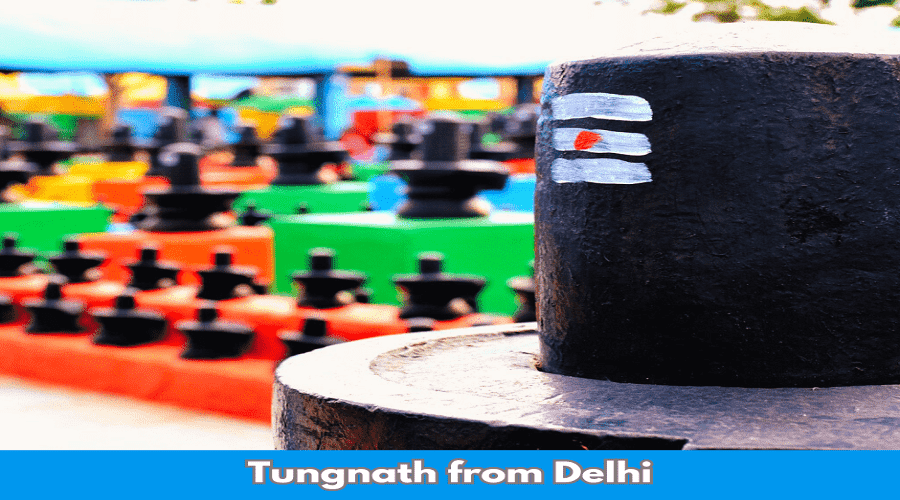

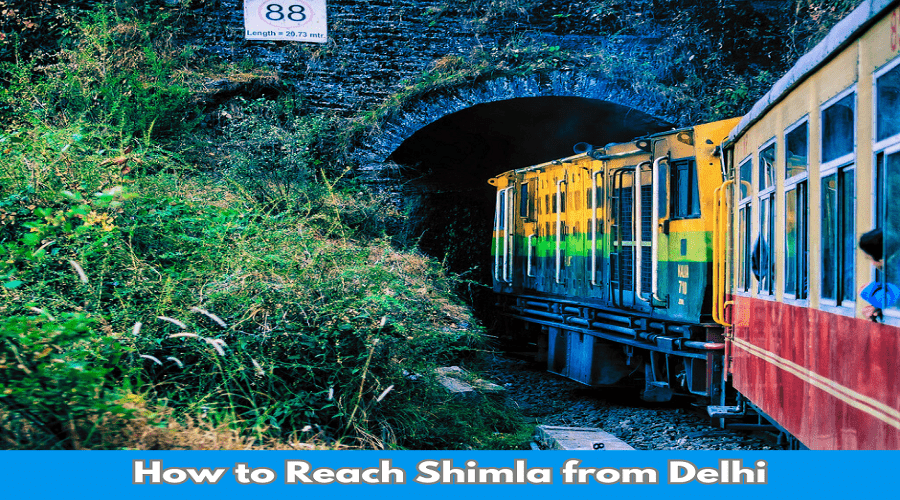

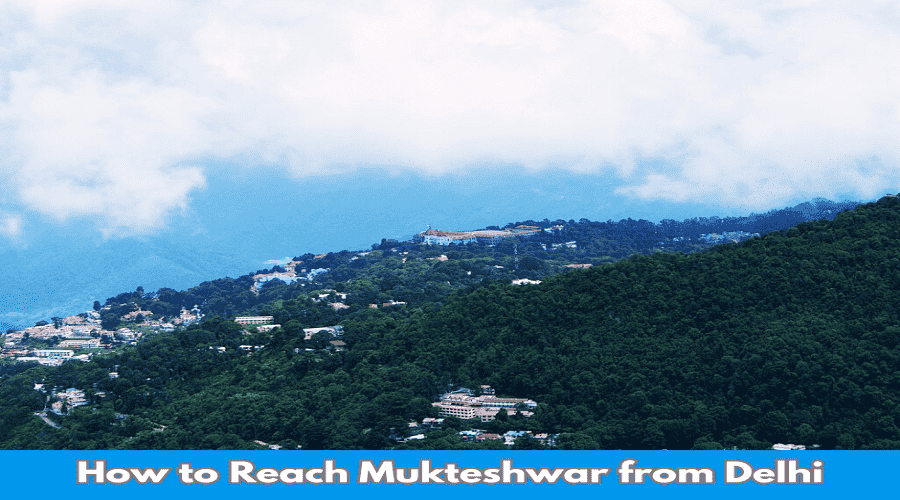
4 thoughts on “How to reach Tungnath from Delhi”